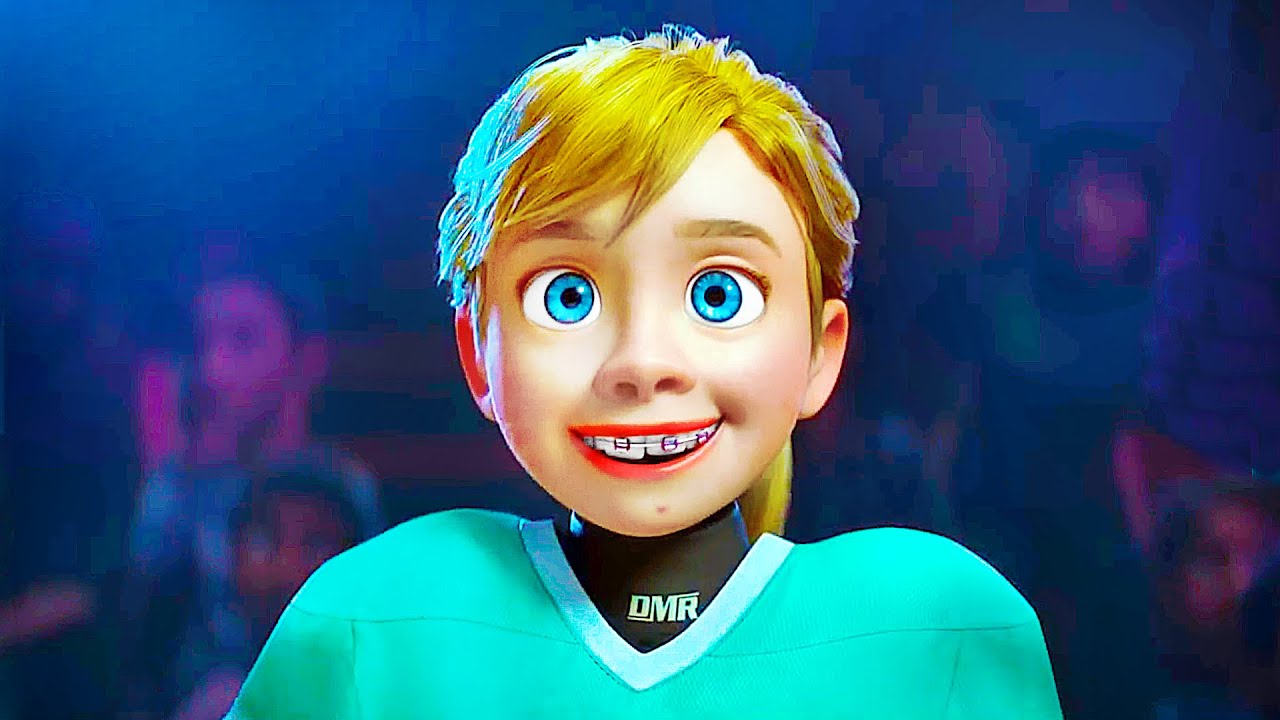It’s hard to believe nine years have passed since Inside Out, Pixar’s cerebral family comedy set, quite literally, inside the mind of 11-year old girl Riley Andersen. Conceived and co-directed by Pete Docter, the original movie was a return to form for Pixar in 2015, anticipating a broader public awareness of emotional and mental health generally – even if, in doing so, it was probably more entertaining to mum and dad than to the kids.
The central hook of Inside Out was to provide a literal, physical architecture to our emotional states, representing our consciousness as a command centre operated by anthropomorphised cartoon characters; Joy, Fear, Anger, Disgust and Sadness. Each vied for control of outer Riley, as she faced the chaos of a family relocation from Minnesota to San Francisco.
It’s bittersweet, then, to reflect on how much, as audience members, we’ve all changed in the nine intervening years. Individually, collectively, cellularly, we’ve dismantled and reassembled; we’ve fallen in and out of love and sprained our ankles and changed careers, we’ve attended weddings and funerals and spent two years at home baking bread and writing awful poetry.
But in the world of Inside Out 2, only two years have passed since the events of the first film. Writers Meg LeFauve and Dave Holstein, and debut director Kelsey Mann, wisely keep the real-world dilemmas facing 13-year old Riley (Kensington Tallman) reasonably light. She’s now on the cusp of finishing junior school. She has two best friends, a burgeoning crush, an interest in boy bands, and a passion for ice hockey. Her core emotion Joy (voiced again by Amy Poehler) runs a tight ship, curating a galaxy of happy memories into a physical structure described as “Riley’s Sense of Self.” Shameful, embarrassing moments are slotted away in pneumatic tubes to the, literal, back of the mind (ahem, get it?). Or so Joy thinks.
The trouble begins when Riley and her two BFFs attend an ice hockey camp to train and compete with older, cooler girls. A pimple on Riley’s chin heralds the arrival of puberty, and with it, five new emotions to the command centre: Embarrassment, Ennui, Envy, Nostalgia, and problematically, the villainous Anxiety (Maya Hawke). Anxiety doesn’t play by the same rules, perceiving threats and gains in every social encounter, compelling Riley to deviate from “Sense of Self” to fit in. The childish essentiality of phrases like “I’m a good person” are supplanted by conditional pleas for approval: “If I‘m good at ice hockey, people will like me.” You know, being a teenager.
Inside Out 2, then, continues the narrative themes of the first film; that as our egos and neuroses grow, we’re impurified by our own nature. The secret to inner peace is not to joyously self-delude (and implode), but rather — to deploy a Jungian concept — to integrate our darkness. Riley, like all of us, must accept her flaws and learn from mistakes. Anxiety’s quest to be perfect at the expense of all things wreaks terrible havoc on her core sense of self-belief. But Anxiety is not all bad, helping Riley navigate the cutthroat political world of adolescence and plan ahead. Spoiler alert, but not really: we need all our emotions, in good measure.
Like the first film, physical architecture, rendered and animated beautifully throughout, is deployed as a metaphor for Riley’s mind. A cavernous dungeon represents Riley’s secrets, Riley’s imagination is an open-plan writers’ room, there’s literally a stream of consciousness that Joy must traverse. Characters are separated by a sar-chasm (get it?), and threatened by a “Brainstorm” – a tornado of different lightbulb ideas. It’s not subtle, but it doesn’t need to be. Like the original film, they’re decent jokes with a visual pay-off, providing an adventurous tactility to the core ideas of the film.
Like its predecessor, Inside Out 2 illustrates how the small battles we each face in our day to day, the friendships we question, the victories and setbacks we chalk up, and the self-love we maintain, make us the people we are. It’s an entertaining, cathartic, and ultimately moving acknowledgement of the magnificent chaos going on behind our eyes.
You might even shed a tear. Nothing metaphorical about that.
Inside Out 2 is currently playing in cinemas.


